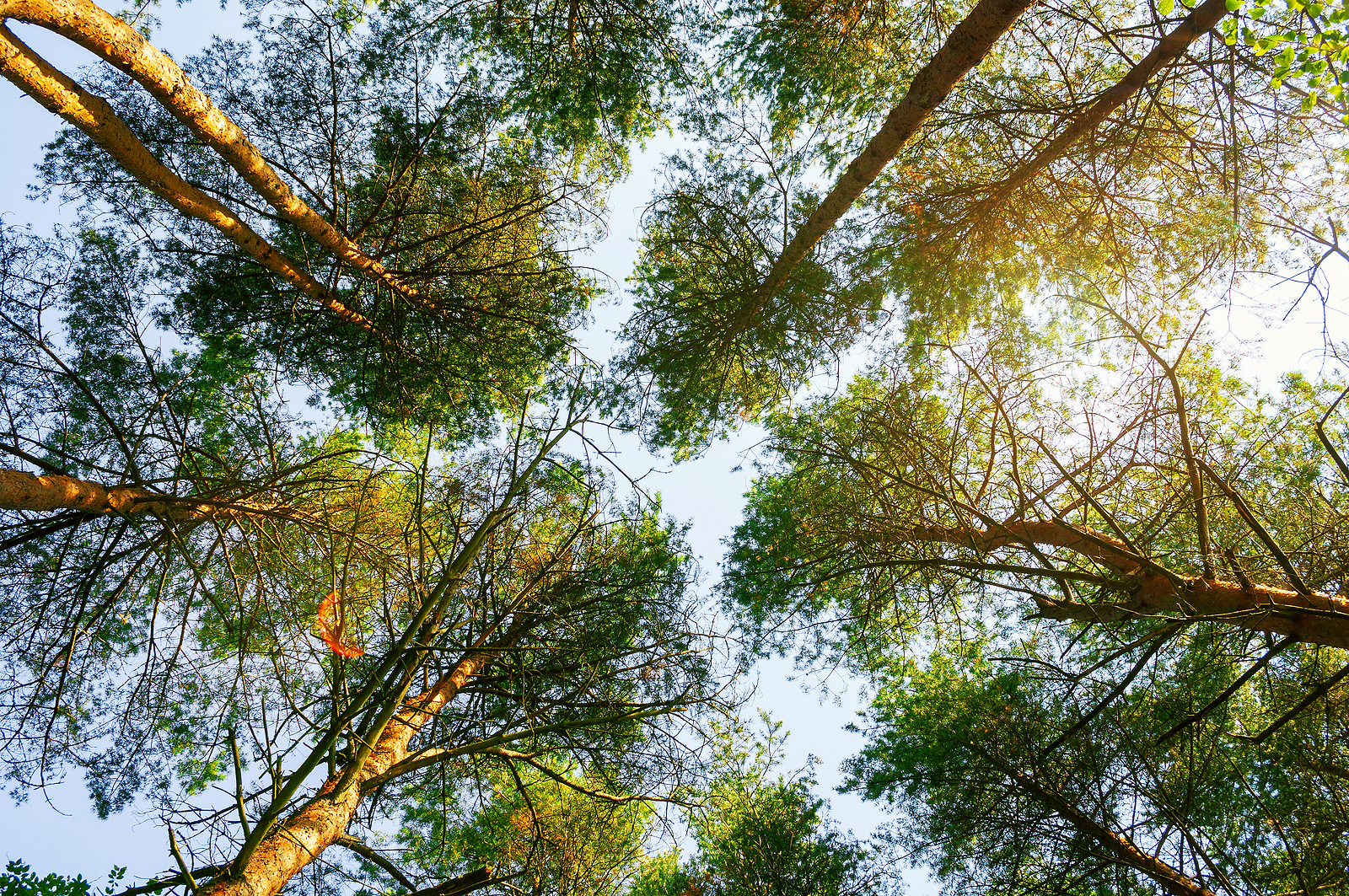Protecting trees can provide a city many benefits while helping maintain its beauty. Valuable trees are often damaged during construction work when there may be simple preventative measures that could keep them healthy. There are many reasons why trees are valuable to communities and should be protected during construction, including social, economic and environmental benefits.
Why Trees Are Valuable
The U.S. Department of Agriculture Forest Service lists the top 10 reasons we need trees:
- Air purification
- Boosts property values and community tax base
- Improve neighborhood appeal and attracts growth
- Air cooling
- Provide shade
- Reduction in pollutants in sewer systems – savings in water treatment costs
- Create green space/character, making urban environments more attractive
- Provide habitat for wildlife
- Reduce water-borne pollutants that reach streams and rivers
- Foster safer and more sociable neighborhoods
Trees may provide fiscal benefits in addition to their ornamental value, such as boosting property values and conserving energy. The U.S. Department of Energy says that three properly placed trees around an average household may reduce its energy bill by $100 to $250 each year. Additionally, The National Renewable Energy Laboratory suggests that well planned tree placement and landscape may reduce heating and cooling costs by up to 25 percent.
Protection Tips
Proper care must be taken when handling trees during construction projects. Cities should consider whether construction project designs adequately addresses trees. If not, considering whether alternate tree-friendly construction options exist may help preserve trees. An Iowa State University (ISU) Extension publication, suggests that a landscape architect, forester, nurseryman, horticulturist, arborist or other tree expert help in identifying trees and judging their condition and value of saving prior to the project. It notes that trees that are used for providing shade or ornamental value are perhaps worth more than trees that are simply grown to provide lumber. Trees that have grown over time yet remain healthy are also generally more valuable to protect during a project. Many times it is cost effective to save trees or safely move them, instead of scrapping the trees and planting new trees after a project has been completed.
The ISU Extension publication also provides some general guidelines on how to shield trees by protecting their sensitive roots, saving groups of trees, removing dying trees or trees that may cause fall hazards and protecting trees from grading, cuts and fills. The basic construction techniques outlined may save trees, and could be easy and relatively inexpensive to implement. Most trees that die due to construction-related impact do so due to root damage. Trees vary in their general tolerance to root damage. ISU Extension’s report notes that silver maples, basswood, cottonwood, white poplar, willow and river birch may be most tolerant to root damage.
It is also important to protect a tree’s root zone, which may extend out horizontally a distance equal to two to three times the height of the tree. Trees Forever suggests completely fencing off a protected area around the tree to help ensure that the roots are not damaged and to avoid soil compaction. Soil compaction can be one of the biggest damaging factors related to construction involving trees. It is easy to store construction materials or park or drive construction vehicles near or under trees, unknowingly causing potential damage to the tree through soil compaction.
Trees can take a very long time to show visual signs of damage or death. In some cases, the cost of eventual tree care or removal due to previous construction damage that resulted in a dying tree may actually land on a subsequent property owner, many years later.
Tree Ordinances
It is important to remember to protect trees year-round and city tree ordinances can provide some guidance. Cities should create, examine or consider their city tree ordinance prior to construction to help protect their valuable trees. A tree ordinance contains provisions adopted by the community to establish minimum standards for a community’s tree program. Tree ordinances may provide guidance to residents and may also provide a framework for regulating tree planting and care activities. ISU Extension has a sample tree ordinance for Iowa communities to review.






